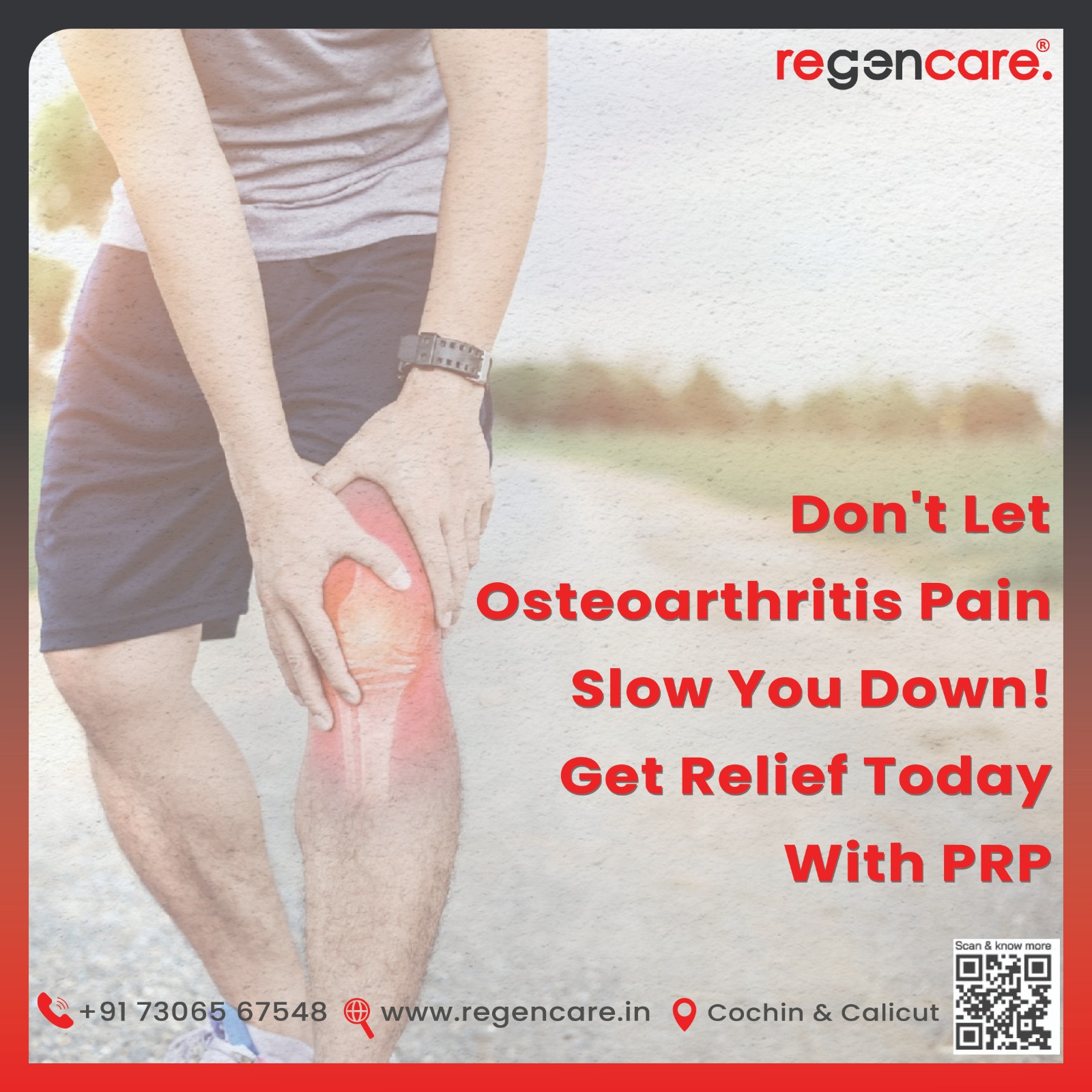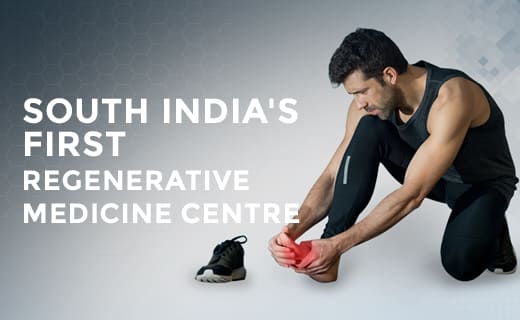
What is Osteoarthritis?
Osteoarthritis (OA) – the very word conjures images of stiff joints and achy mornings. As the most common form of arthritis, it affects millions worldwide, often leading to limitations in daily activities. But fear not, fellow warriors against joint pain! This blog is here to equip you with knowledge and tips to manage OA and take back control of your life.
Symptoms of Osteoarthritis:
OA's sneak attack often starts subtly. Here are some common enemies you might encounter:
- Joint pain:This pain typically worsens with activity and improves with rest.
- Stiffness: Especially noticeable in the mornings or after periods of inactivity.
- Swelling: May occur around the affected joint.
- Decreased range of motion: Difficulty performing movements you once did with ease.
- Grating or popping sounds: Creaking or popping sensations during joint movement.
- A bone spur :They might develop around the afflicted joint and feel like hard lumps of additional bone.
- Tenderness : When you lightly press on or close to your joint, it could feel tender.
- Restricted motion: Your joint may not be able to move through its entire range of motion.
- Unpleasant experience:When using the joint, you could experience grating sensations and hear crackling or popping sounds.
Causes of Osteoarthritis:
Osteoarthritis (OA) develops due to a complex interplay of factors, not just simple "wear and tear" on joints. Here are the main culprits behind the joint pain in OA:
- Age: The risk of OA increases significantly as we age. Cartilage naturally weakens and becomes less resilient over time.
- Joint Injury: Past injuries, fractures, ligament tears, or even repetitive stress on a joint can damage cartilage and increase the risk of OA later in life.
- Obesity: Excess weight puts extra stress on weight-bearing joints like knees and hips, accelerating cartilage breakdown.
- Genetics: Some people are genetically predisposed to having weaker cartilage or abnormalities in joint structure, making them more susceptible to OA.
- Muscle Weakness: Weak muscles around the joint can't properly support it, leading to increased stress and strain on the cartilage.
- Joint Abnormalities: People born with malformed joints or those that develop improperly during growth are more likely to develop OA.
- Other Medical Conditions: Certain conditions like rheumatoid arthritis, gout, or ochronosis can damage joints and contribute to OA-like symptoms.
How to overcome Osteoarthritis:
While there's no cure for OA, a multi-pronged approach can significantly improve your quality of life. Here are your trusted allies:
- Exercise:Regular low-impact exercises like swimming, walking, or yoga strengthen muscles and improve joint flexibility.
- Weight Management:Shedding extra pounds reduces stress on weight-bearing joints like knees and hips
- Pain Management: Over-the-counter pain relievers and topical medications can help manage discomfort.
- Physical Therapy: A therapist can create a personalized exercise program to strengthen muscles and improve joint function.
- Heat and Ice Therapy: Applying heat to stiff joints and ice to inflamed areas can provide temporary relief.
- Supplements: Talk to your doctor about glucosamine and chondroitin for potential benefits.
- Assistive Device: Canes, braces, or shoe inserts can offer extra support and stability.
PRP Therapy for Osteoarthritis
PRP, or Platelet-Rich Plasma, therapy is a relatively new approach that uses a patient's own blood to potentially promote healing and reduce inflammation in joints. PRP injections may be an option for some people with OA, and Regencare offers PRP therapy as part of a comprehensive OA management program.
Knee Replacement Surgery
In some cases, when conservative measures fail to provide adequate pain relief and improve function, knee replacement surgery may be an option. This surgery involves replacing the damaged parts of your knee joint with artificial implants. There are two main types of knee replacement surgery:
- Total Knee Replacement: This surgery replaces all the weight-bearing surfaces of your knee joint with metal and plastic components.
- Partial Knee Replacement: This surgery replaces only the damaged portion of your knee joint, typically the inner (medial) or outer (lateral) compartment.
Considering Knee Replacement?
If you're experiencing severe knee pain that interferes with your daily activities and conservative treatments haven't helped, talk to your doctor about whether knee replacement surgery might be right for you. They can assess your individual situation and discuss the potential benefits and risks of surgery.
Osteoarthritis may be common, but it doesn't have to control your lifeWith the right tools and strategies, you can manage your pain, stay active, and reclaim your life. Visit Regencare and discover the transformative potential of PRP therapy. Contact us today to schedule a consultation and embark on your journey towards improved joint health and overall well-being.










